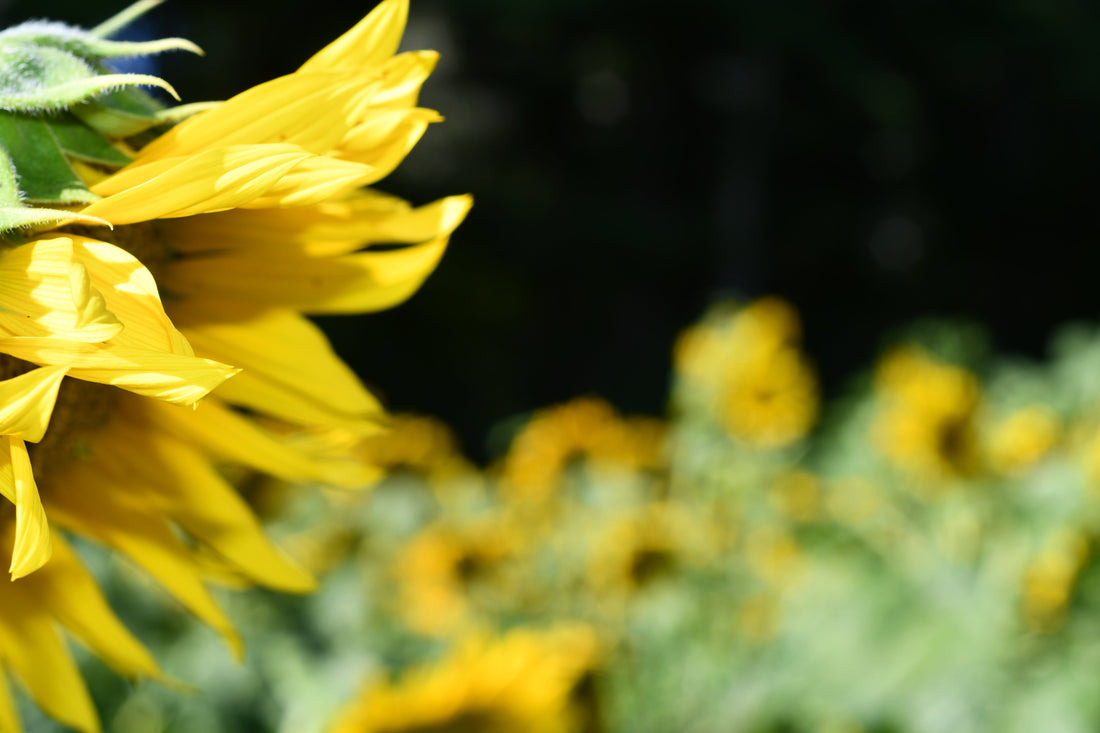
From Farm to Table: How Growing Your Own Food Mitigates Risks in the Agricultural Sector
From Farm to Table: How Growing Your Own Food Mitigates Risks in the Agricultural Sector
The journey of food from farm to table involves many stages, each with its own set of risks and challenges. Industrial agriculture, while highly productive, presents several significant risks, including pesticide use, soil degradation, and monocultures. These issues not only impact the environment but also human health and food quality. In contrast, growing your own food through home gardening and small-scale farming offers a healthier, more sustainable alternative. Here’s an exploration of the risks associated with industrial agriculture and how homegrown food can help mitigate these issues.
1. Pesticide Use
Risks: Industrial agriculture often relies on synthetic pesticides and herbicides to manage pests and increase yields. While these chemicals can be effective, they pose several risks:
- Health Impacts: Exposure to pesticide residues on food and in the environment has been linked to various health issues, including respiratory problems, cancer, and hormone disruption.
- Environmental Effects: Pesticides can contaminate soil, water, and air, harming non-target species, including beneficial insects, birds, and aquatic life.
Homegrown Advantage: Home gardening allows you to grow food without the use of synthetic pesticides. By adopting organic gardening practices, such as integrated pest management (IPM), companion planting, and natural predators, you can effectively manage pests while protecting your health and the environment.
Source: EnvironmentalProtectionAgency.(2021).HealthandEnvironmentalEffectsofPesticides.Retrievedfromhttps://www.epa.gov/
2. Soil Degradation
Risks: Industrial agriculture practices, including intensive tillage, monoculture, and heavy use of synthetic fertilizers, contribute to soil degradation:
- Erosion: Tillage and monocultures can lead to soil erosion, reducing soil fertility and productivity.
- Nutrient Loss: Over-reliance on synthetic fertilizers can deplete soil organic matter and disrupt soil nutrient balances.
Homegrown Advantage: Home gardening and small-scale farming offer opportunities to implement soil conservation practices, such as:
- Organic Matter: Adding compost and organic mulch to enrich the soil and improve its structure.
- Crop Rotation: Alternating crops to prevent nutrient depletion and reduce pest and disease pressure.
- No-Till Methods: Reducing or eliminating tillage to maintain soil structure and prevent erosion.
Source: NationalResourcesConservationService.(2022).SoilHealthandConservation.Retrievedfromhttps://www.nrcs.usda.gov/
3. Monocultures
Risks: Monoculture, the practice of growing a single crop over large areas, is common in industrial agriculture. It presents several risks:
- Pest and Disease Vulnerability: Monocultures can lead to higher susceptibility to pests and diseases, which may require increased chemical inputs.
- Loss of Biodiversity: Growing large areas of a single crop reduces plant diversity, affecting ecosystem health and resilience.
Homegrown Advantage: Home gardeners and small-scale farmers can practice diverse and polycultural planting, which includes:
- Companion Planting: Growing complementary plants together to enhance growth, improve pest control, and support soil health.
- Biodiversity: Incorporating a variety of crops and plants to support local wildlife, improve soil health, and reduce pest and disease risks.
Source: FoodandAgricultureOrganizationoftheUnitedNations.(2021).TheBenefitsofBiodiversityforAgriculturalSustainability.Retrievedfromhttps://www.fao.org/
4. Reliance on Fossil Fuels
Risks: Industrial agriculture is heavily dependent on fossil fuels for machinery, transportation, and synthetic inputs. This reliance contributes to greenhouse gas emissions and environmental pollution:
- Carbon Footprint: The production and transport of agricultural inputs, as well as the operation of farm machinery, contribute to greenhouse gas emissions.
- Resource Depletion: Fossil fuel use contributes to resource depletion and environmental degradation.
Homegrown Advantage: Growing your own food can significantly reduce your carbon footprint and reliance on fossil fuels:
- Local Production: Home gardening minimizes the need for transportation, reducing emissions associated with food miles.
- Manual Methods: Using manual tools and techniques in gardening reduces the need for fossil fuel-powered machinery.
Source: NationalGeographic.(2020).TheEnvironmentalImpactofIndustrialAgriculture.Retrievedfromhttps://www.nationalgeographic.com/
5. Food Security and Self-Sufficiency
Risks: Industrial agriculture’s reliance on global supply chains and large-scale production can impact food security:
- Supply Chain Vulnerabilities: Disruptions in global trade or supply chains can lead to shortages and price volatility.
- Dependence on External Sources: Reliance on commercial farms can create vulnerabilities in local food systems.
Homegrown Advantage: Growing your own food enhances food security and self-sufficiency:
- Local Control: By producing your own food, you ensure a direct and reliable source of fresh produce, independent of external supply chains.
- Community Resilience: Home and community gardens can contribute to local food resilience, providing a buffer against global and local disruptions.
Source: Food Research & Action Center. (2021). Food Security and Local Food Systems. Retrieved from https://frac.org/
Conclusion
Industrial agriculture presents several risks, including pesticide use, soil degradation, monocultures, reliance on fossil fuels, and vulnerabilities in food security. By contrast, growing your own food through home gardening and small-scale farming offers a healthier, more sustainable alternative. It allows for the implementation of organic practices, soil conservation, diverse planting, reduced fossil fuel use, and enhanced food security. Embracing homegrown food can help mitigate many of the risks associated with industrial agriculture, contributing to a more resilient and sustainable food system.
Sources:
- EnvironmentalProtectionAgency.(2021).HealthandEnvironmentalEffectsofPesticides.Retrievedfromhttps://www.epa.gov/
- NationalResourcesConservationService.(2022).SoilHealthandConservation.Retrievedfromhttps://www.nrcs.usda.gov/
- FoodandAgricultureOrganizationoftheUnitedNations.(2021).TheBenefitsofBiodiversityforAgriculturalSustainability.Retrievedfromhttps://www.fao.org/
- NationalGeographic.(2020).TheEnvironmentalImpactofIndustrialAgriculture.Retrievedfromhttps://www.nationalgeographic.com/
- Food Research & Action Center. (2021). Food Security and Local Food Systems. Retrieved from https://frac.org/
